In an effort to shift towards an aura of abstraction, many turn to the world of watercolors. They’re a medium focusing on interpretation and opacity over physical design loved and appreciated by artists far and wide. We recently came across some watercolor renderings we did for the Science Museum of Virginia and wanted to share the importance of this medium with our followers. Join us today as we discuss the nature of watercolors and how they help Hugo Render provide additional enhancement to our work in the architectural visualization realm.
What are Watercolors?
Virginia Science Museum Courtyard Watercolor: Hugo Render
Short and sweet, watercolor painting is used as a translucent art medium. The paint itself is concocted by combining a colored pigment with a water - soluble binder, creating the faded effect we attribute with the artform. It’s a less abrasive method of painting used to enhance the overall colors and atmosphere as opposed to the direct subject matter.
The rougher image texture provides a lot more abstraction to the work and this method provides an excellent way to add a greater level of clarity and vibrance without too direct a focus; I’ve provided a few examples of some watercolor renderings we did on a private residence below;
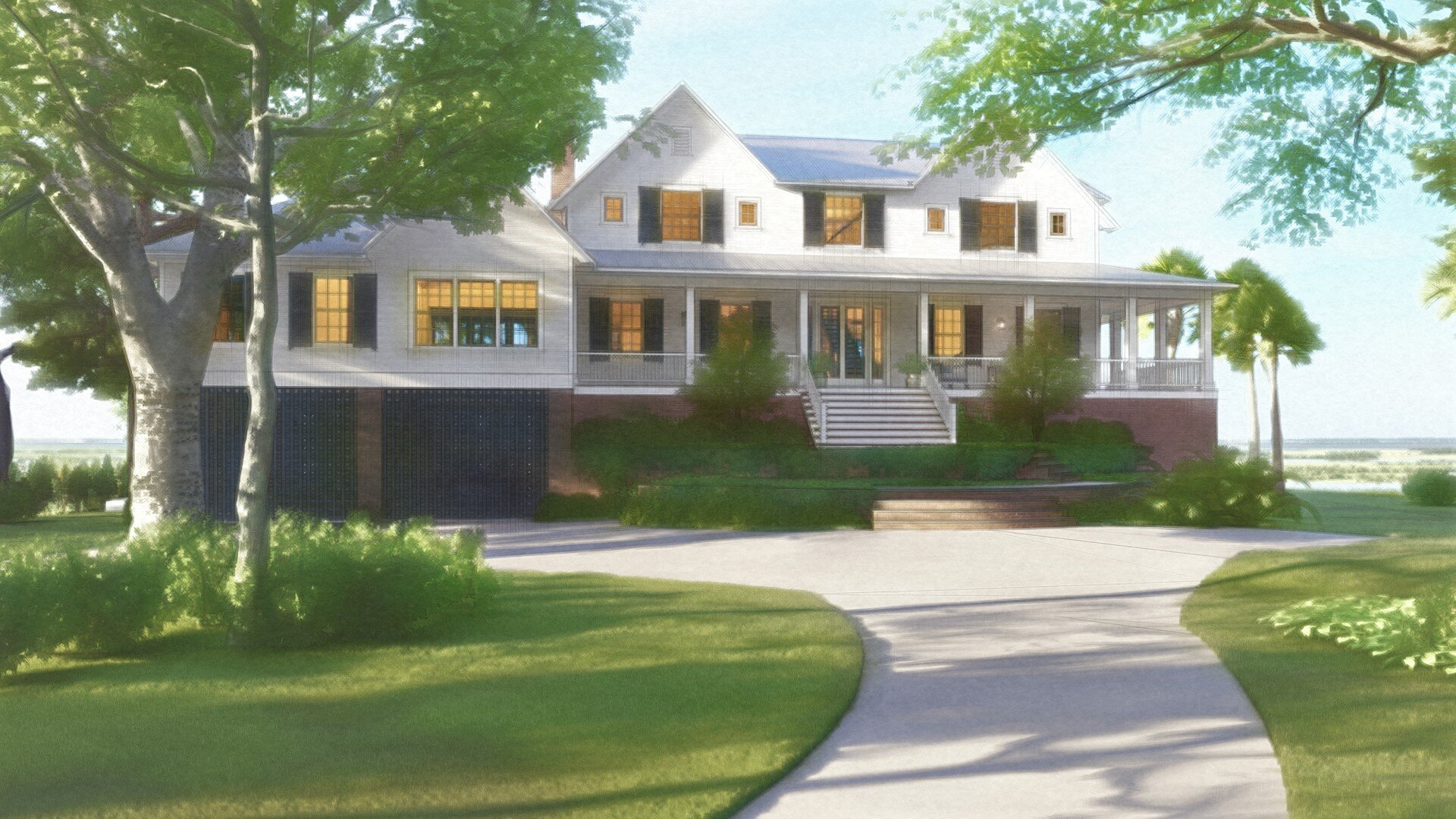
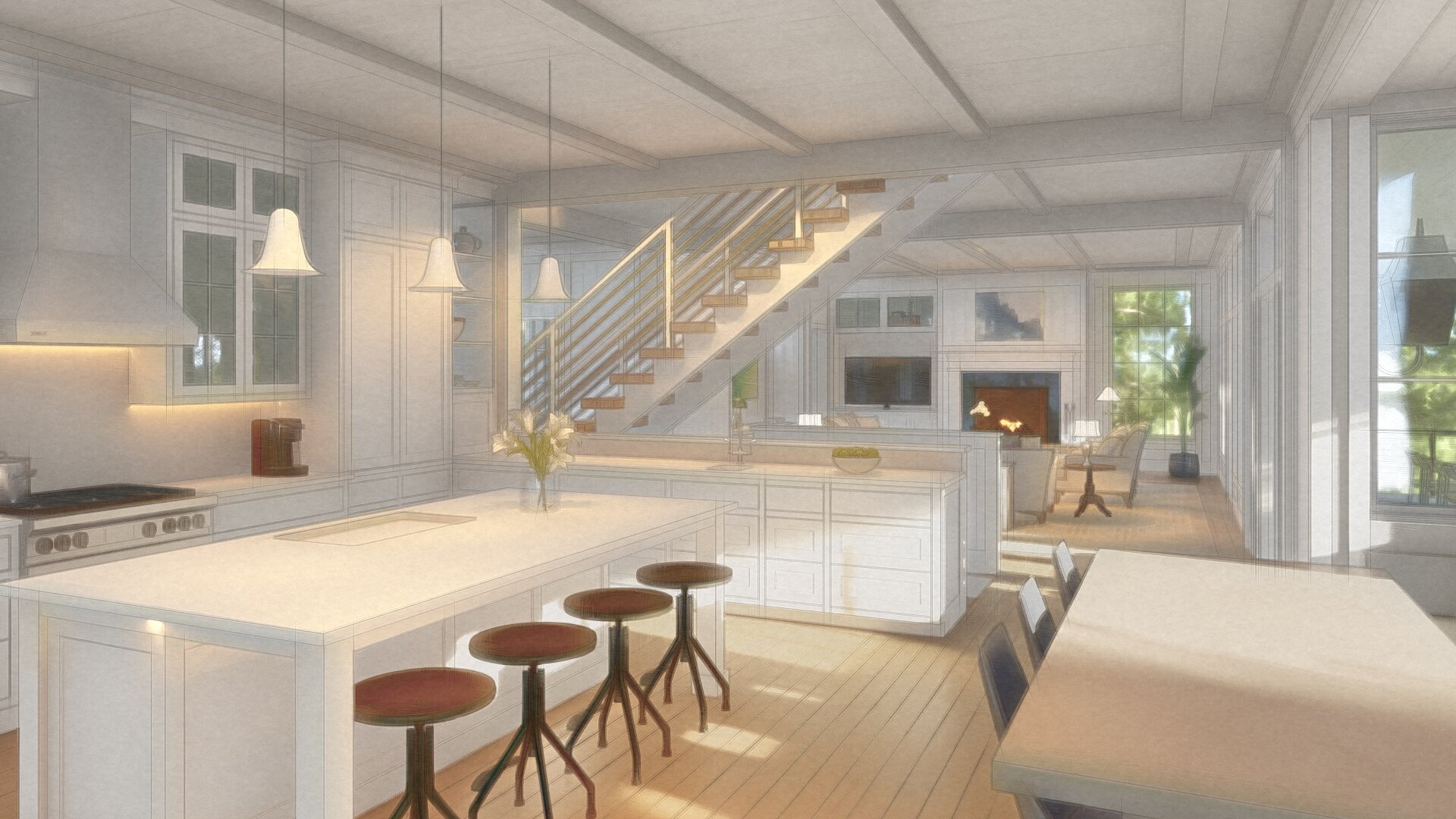

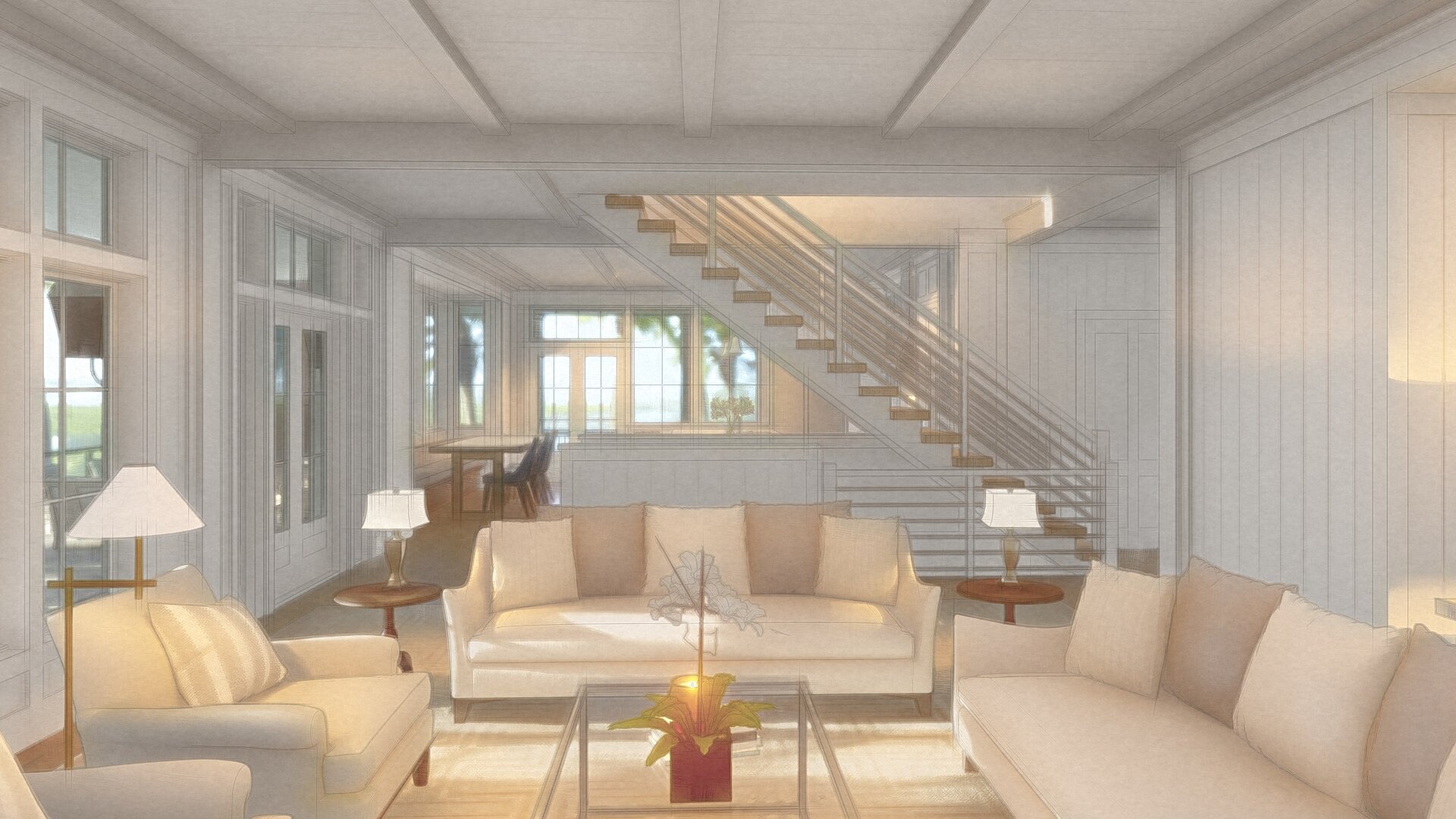
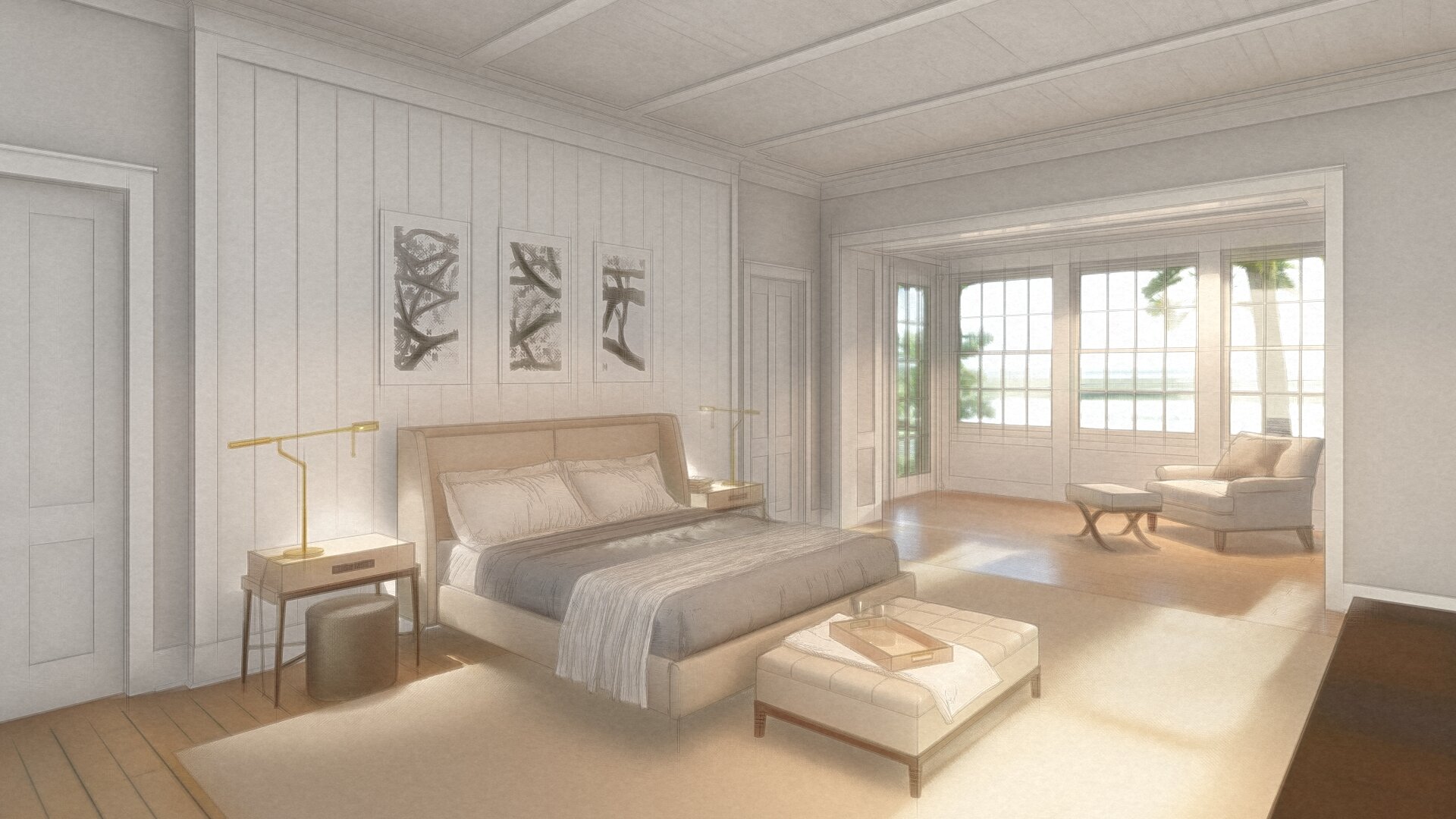

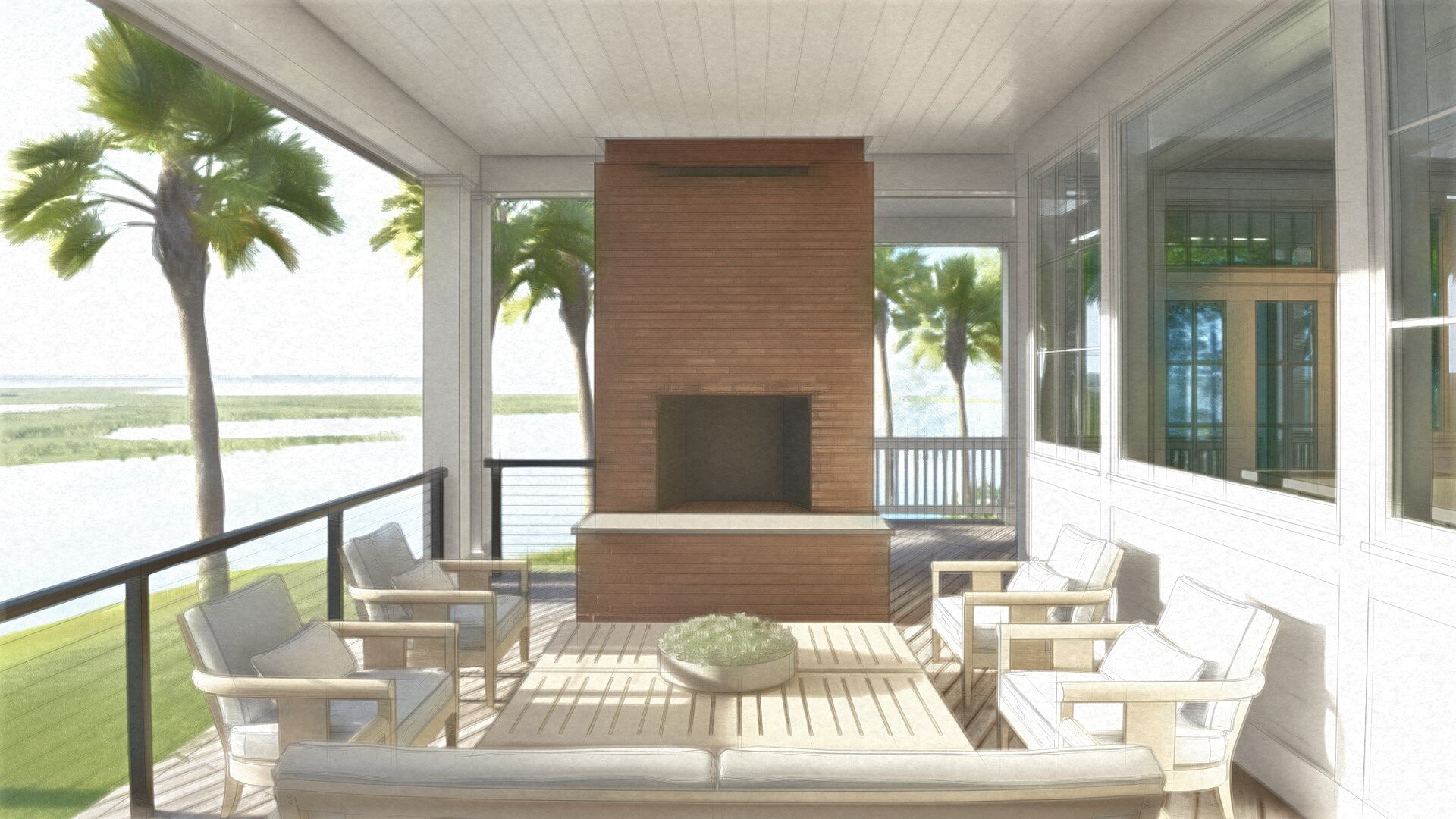
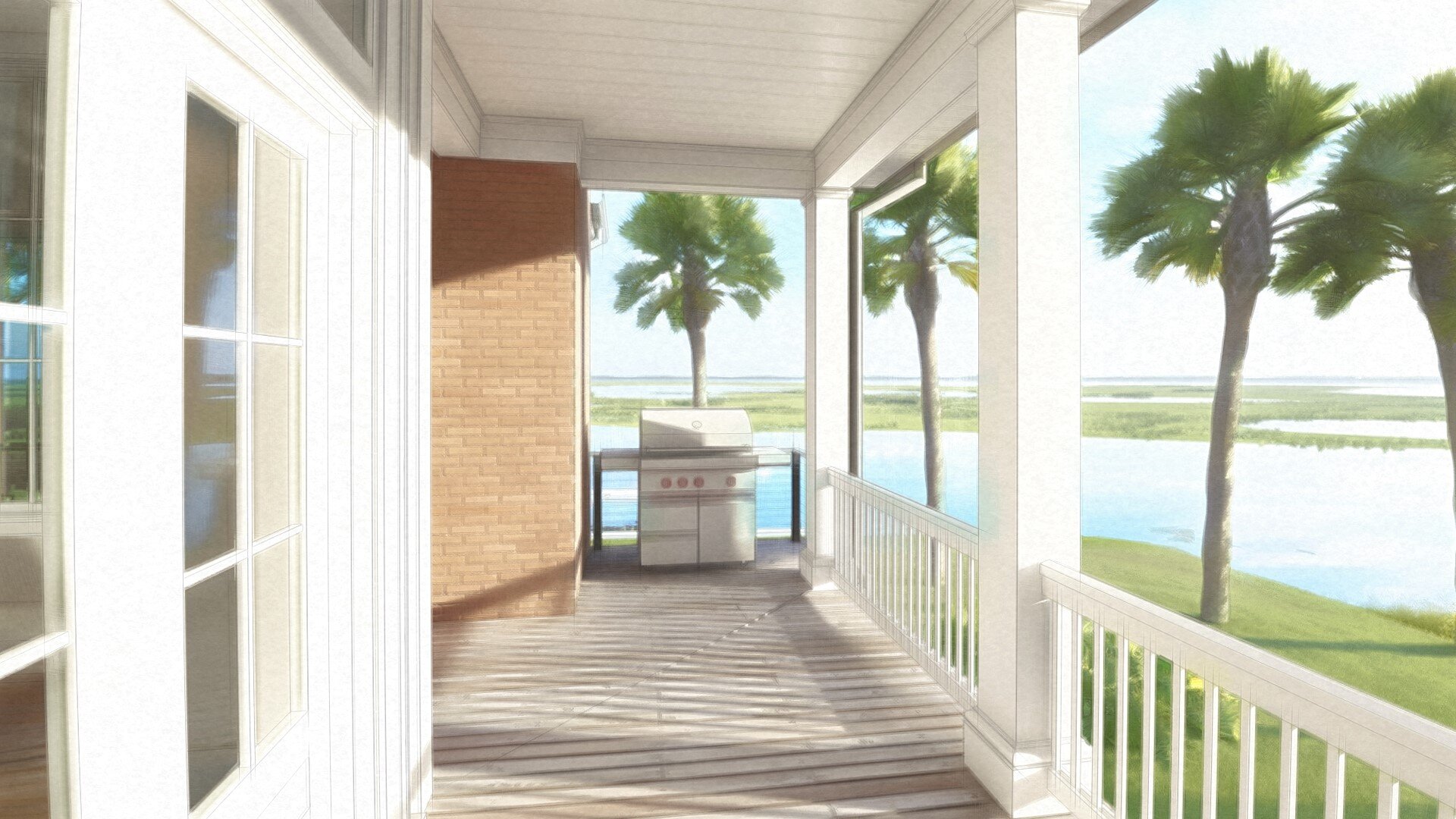
How do Watercolors Intersect with Architectural Visualization?
Arizona Community Watercolor: Hugo Render
Advancements in digital rendering technology have greatly benefitted architects; Watercolors have surfaced as a way to provide an artistic facet to their projects through the click of a button. To understand this, we need to get a bit nostalgic;
Before computational architectural rendering was mainstream, hand - drawn architecture was the primary method for stakeholders to understand their projects before construction. While the industry has trended towards photorealistic project emulation, we find a lot of value in this artistic metric and are happy to offer our clients the ability to pay homage to this long - standing tradition.
Rendering in this manner offers the best of both worlds; Watercolors provide an artistic ambience while rendering software brings a high level of customization and revision opportunities to said watercolors.
Private Residence Watercolor: Hugo Render
We also have to discuss the misconception that architectural rendering firms are simply hyperrealistic muses who slap some textures on a building, or trees around a yard, and this couldn’t be more delusional. In order to truly understand architectural rendering, you need to see it as the artform it actually is, a vessel transforming blank landscapes into a beautiful augmented reality, with a few touches to add a metric of uniqueness.
Watercolor renderings allow us to shatter this misconception entirely; The drawn aesthetic not only provides the familiarity with the fine art world, but also brings that notoriety and influence to our work that really helps it stand out against the mass contractors.
Richard Neutra Rice House Watercolor: Hugo Render
The emotions brought to light by watercolor artwork are simply unmatched. Watercolors play more towards the colors and mantras of the work over the actual subject matter, creating beautiful accenting that highlights the subject matter even more. This type of vibrance when compared to hyperrealistic renderings is unparalleled.
Many praise watercolors for their radiance with a soft and smooth aura. Photorealistic renderings are known to be sharp and direct; While this isn’t necessarily a bad thing, some prefer a more impressionist interpretation with their projects, and we are honored to provide this alternative.
Hugo Render’s use of Watercolors
Virginia Science Museum Seating Area: Hugo Render
At Hugo Render, we wholeheartedly understand the importance of watercolors in our realm and are committed to continually providing our clients with these alluring masterpieces. They are a phenomenal and niche method of showcasing upcoming developments in a timeless and artful manner.
As the scene transitions towards panoramic images and virtual reality, we can’t wait to show the world the true capability of watercolors. Architectural visualization is one of the most difficult yet rewarding artforms on the market to date; Adding a watercolor dimension only makes the work even more extraordinary.






